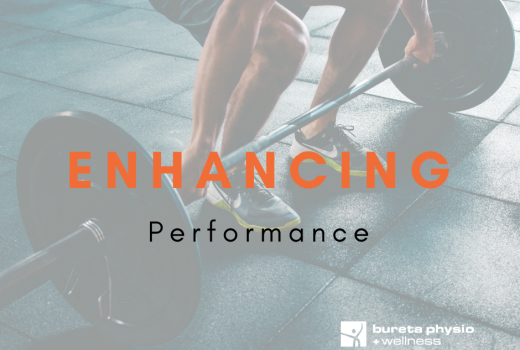As the country (NZ) wraps it’s head around the second wave of COVID-19; it would be easy to allow feelings of disillusionment, anxiety and frustration to kick in. Here’s some tips on how to keep your cool over the coming weeks in level 2 and 3.
Everyone has their own war stories, be it self isolation, work stress, cancelling dream holidays, wedding plans disrupted, and running out of toilet roll. It doesn’t matter who you talk to, what their age is, the dreaded C word is the first thing on peoples minds.
If the latest announcement has sent you in to a spin, here’s some simple hacks to keep your body and mind on track.
Nourish your body by making sleep, exercise and good nutrition a priority
When under stress it is really easy to let go of the well-being basics but I want to encourage you to make sleep, exercise and fueling your body a priority starting from today!.
Sleep
Easier said than done I know but start with these simple hacks and if you want more in depth suggestions, keep an eye out on my social media platforms and website www.freshcoaching.me/blog
Turn off electronic devices 1.5 hours before bed
Dim the lights 1.5 hours before bed
Consider taking tart cherry juice before bed
Listen to a guided meditation or sleep cast
Take electronics out of the bedroom. Go back to a good old fashioned alarm clock or even better a light therapy alarm clock (simulates sunrise so you wake up naturally instead of a blaring alarm clock sound!)
Make your bed time routine as consistent as possible with the same bedtime.
Exercise
We are born to move! Don’t over think it. Use Mel Robbins 5 second rule to get you off the couch and outside. (Literally count down from 5-1 and kick yourself in to action) Remove potential excuses. Get your exercise gear out so you trip over them getting up in the morning. Put it in your diary and make the commitment to yourself that you will move that glorious body of yours! Arrange a baby sitter or find the perfect youtube video ahead of time.
Fuel your body
You know what’s right for your body and if you listen, your body will give you signals to let you know what is working and what isn’t. Instead of giving you a comprehensive list of what to eat, here’s my offerings to you.
- Stick to 3 meals a day.
- Use your common sense when it comes to what to eat. Good, wholesome food. Unprocessed and as close to nature as you can get!
- Always sit down to eat.
- Chew your food fully.
- Slow down and taste your food!
- Only eat at the dinner table. (This hack will stop you eating unnecessary calories throughout the day)
Be a role model
Kids pick up on energy and conversations. Funny how they can’t hear you when you ask them to put their school bag away but when you’re talking to your partner or friend about something they pick up on every word. It’s our opportunity to be a role model by holding fact based conversations, keeping drama to a minimum and pointing out the good in a situation. Show them articles of the medical teams working on the front line. Statistics of those who have recovered. Monkey see, monkey do. Looking after your mental and physical health, doing good for others and sticking to the facts will go a long way in keeping the children in your life calm, secure and connected.
Practice acceptance
My friend Henry Fraser (inspirational guy, check him out www.henryfraser.org) uses the phrase ‘accept and adapt.’ The term is also widely used in the military where at any given moment the best made plans can blow up and they are left thinking of their feet with life or death decisions to make.
Practicing acceptance is very different to giving up. It is a choice. It is empowering. It makes life much easier to tolerate.
I have long been a migraine sufferer and learning the art of acceptance has been a revelation for me in terms of how I handle them. Gone are the days where I get an attack and fight it, get cross with my body, stress about missing work, letting clients down and the the kids eating toast for tea. By letting go, accepting that what will be will be, being open to the possibility that it’s just a migraine allows me to go in to a calmer space, less resistance, less stress and ultimately less pain.
This is true of so many scenarios in life. I see clients pushing their problems up hill. Feeling the résistance with every step , almost as if it has to be difficult in order to be worth it.
Think of a situation that you are resisting. How much precious time are you spending dwelling on it? How much of it can you actually control? How much freer would you be if you took a breath, and let it go?
Know that you are not alone
Opening up may seem alien to you but the chances are other people are feeling similar feelings to you. Opening up to people that you trust can be one of the most helpful things you can do. If you feel alone and would like free support from a trained counsellor, MIND have a 24 hour helpline. Simply text or call 1737 and someone will be there to talk.
To read Part 1 click here
Written by Anna Veale at Fresh Coaching. Visit http://www.freshcoaching.me to connect with Anna.










